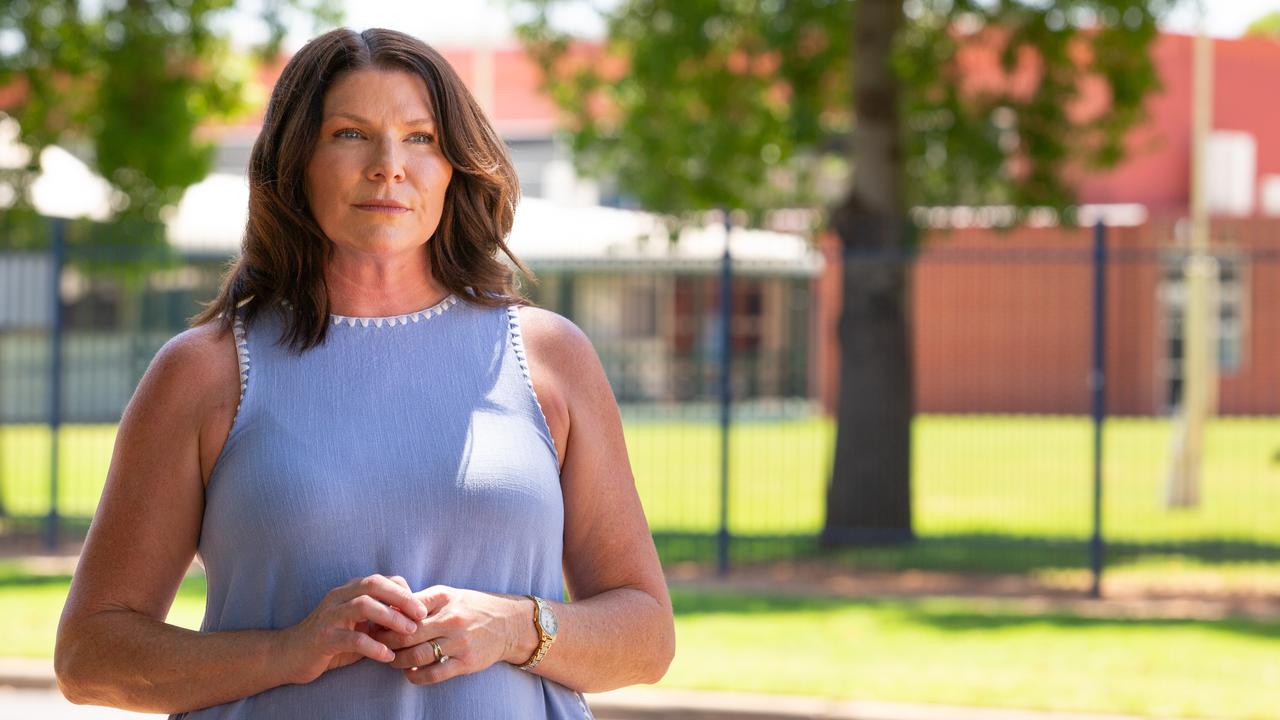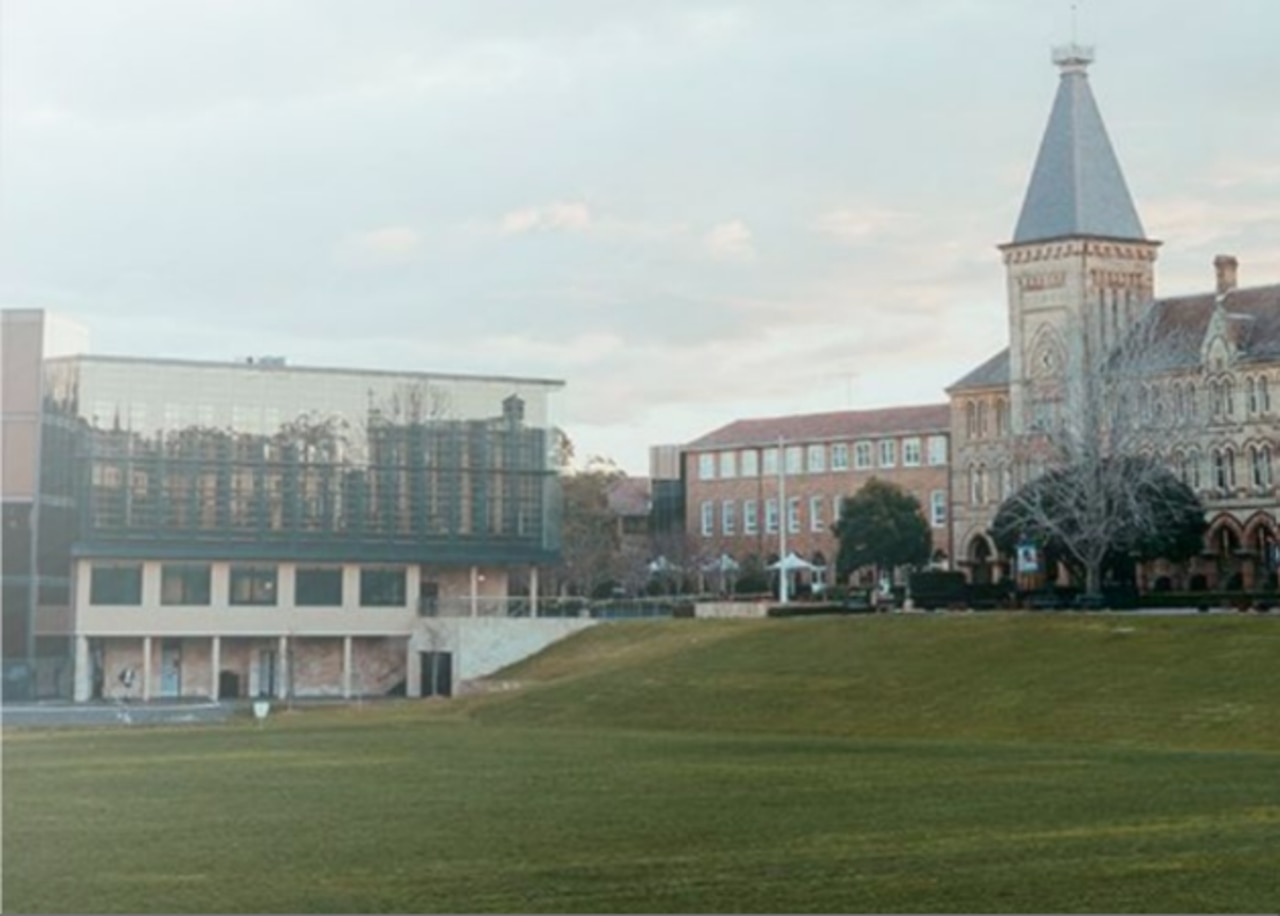Nation falling behind education targets
AUSTRALIA is failing to meet crucial targets in Julia Gillard's education plan, as state governments struggle to improve their performance.
AUSTRALIA is failing to meet crucial targets in Julia Gillard's education plan, as state governments struggle to improve their performance just as they negotiate new funding deals worth billions of dollars.
Reports to be released today reveal the states are losing ground in their plans to halve the proportion of adults without tertiary qualifications and increase the number of students finishing Year 12. They also show schoolchildren are falling behind in some key literacy and numeracy benchmarks.
The agency that monitors federal-state reform will issue the findings with a warning that more must be done to get the education reforms back on track to deliver the promised results.
The Prime Minister has made education policy the cornerstone of her leadership but is relying on the states to implement reforms agreed by the Council of Australian Governments.
While the previous targets are at risk, Ms Gillard is negotiating further school reforms following recommendations from independent adviser David Gonski that could cost more than $6.5 billion a year.
COAG Reform Council deputy chairman Greg Craven cast doubt on the ability of the governments to meet their goal of halving the proportion of adults without tertiary qualifications by 2020.
"I don't think you can discount reaching it on the basis of this report, but there's no doubt it's at risk," Professor Craven said.
His comments came as an analysis of test results from the National Assessment Program - Literacy and Numeracy showed some improvements in the primary school years, particularly for numeracy in Year 5 and reading in Year 3.
However, there has been little progress in high school or Year 7. The report highlights the Year 12 attainment rate as a potential issue for governments because it is not growing fast enough to meet the 90 per cent target COAG set for 2015. The proportion of teenagers completing Year 12 was 84.1 per cent last year, with an "apparent decline" over the past year.
"If the trend of the previous 11 years continues, the Year 12 or equivalent attainment rate would be 87.9 per cent in 2015," the education report concludes.
"This is about two percentage points below the target."
The number of young people aged 18 to 24 working, studying or training fell 3.8 per cent to 72.5 per cent, the report showed.
Professor Craven, who is also vice-chancellor of the Australian Catholic University, said: "There is certainly some bright news in the report, but there's a lot to look at as well.
"Certainly, if you take the improvements in the primary school area, if you had to choose, that's where you want to be making progress because we know education is continuous from those early years."
The council's report on skills gives governments little chance of meeting their goal of halving the proportion of adults without tertiary qualifications by 2020.
The report shows that almost 45 per cent of 20-64 year-olds still do not have any post-school credentials, an improvement on 48 per cent in 2008 but still "a long way" from the 24 per cent needed to meet the 2020 target.
Professor Craven said there had been no increase in the proportion of 20 to 24-year-olds studying for non-school qualifications over the past four years, "despite the focus on education and training for young people".
This was disappointing at a time "when governments are putting a lot of money and effort into education".
It was natural to expect the law of diminishing returns to apply as more Australians participated in further education, Professor Craven said.
"You have to work harder for each improvement."
He said the report wasn't all bad news, with Australia likely to achieve a COAG target to double the number of diploma completions. The council found that more than 66,000 Australians completed diplomas and advanced diplomas in 2010. This was over 12,000 more than the previous year and more than double the annual growth needed to meet the 2020 target.
Professor Craven said improving literacy and numeracy figures, outlined in a separate report on schools, were also good news for tertiary education.
"If you're worrying about 18, 19 and 24-year-olds, you don't need to be a brain surgeon to know that the place where you're most likely to get a big bang for your buck is primary school, because that's the beginning of the learning curve," he said.
One of the most concerning areas, according to Professor Craven, was the failure to address disadvantage for both Aboriginal students and others from "poor" backgrounds.
Indigenous students made some improvements in reading and numeracy with students in Years 3 and 7 recording 76.3 and 77.1 per cent at the national minimum standard while 83.6 and 75.2 per cent of those in Years 3 and 5 achieved the minimum standard for numeracy.
School attendance rates for Aboriginal kids are falling, particularly between Years 7 and 10. Top-end schools recorded indigenous attendance drops in every year level except Year 6.
School Education Minister Peter Garrett said the report was promising and showed the need for the government's National Plan for School Improvement, as devised on the back of the Gonski school funding review.
"We are determined to push ahead with our school improvement plan, because we know that our future economic security depends on a great education system," he said.
"Our National Plan for School Improvement is the biggest reform to the education system this country has ever seen and the latest review by COAG tells us, quite clearly, that we need to get these reforms moving."



